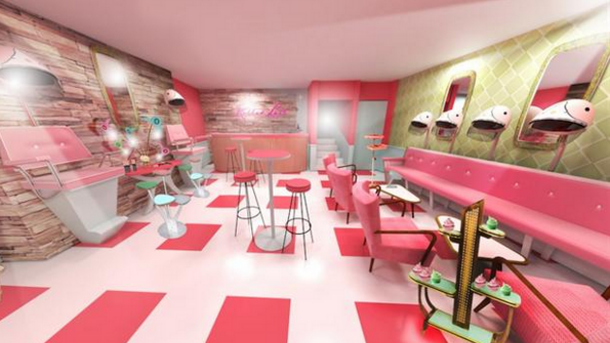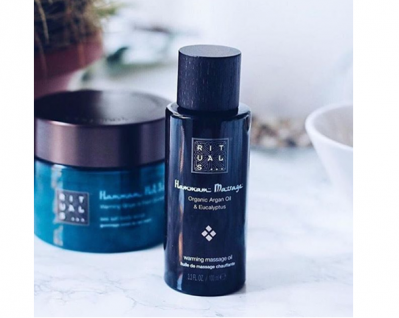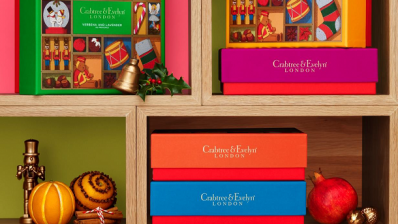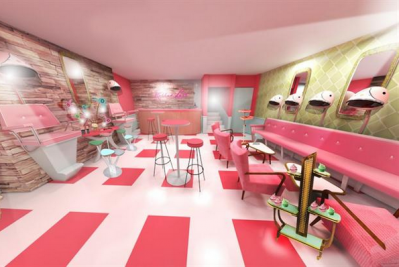Pop up store trend will continue and beauty can ride the wave, says Euromonitor

Pop up shops have become ever more popular, with high streets becoming home to temporary franchises cropping up in disused retail spaces, and many cosmetics brands such as Benefit, MAC and Maybelline have all invested in the trend.
CosmeticsDesign-Europe.com speaks with Tim Barrett, Retailing Analyst at Euromonitor International, who adds that as pop-up shops themselves are trendy, it adds appeal to beauty brands, who can really make the most of the concept.
“Pop up shops have been known as places to interact with brands, which is another thing which beauty wants to keep front and centre, and I’m not just talking about being able to sample products in stores. Shoppers can still just go to department stores for that,” he says.
“The key benefit of pop up vs traditional outlets is their ephemeral nature, which makes attending their events or even just visiting more urgent because they will not be around forever. This allows retailers to experiment and gives shoppers a healthy dose of FOMO, which is enough of a societal trend that there is a well-known acronym for it.”
With expensive real estate and location costs, combined with the opportunity to drive a buzz around the brand, and to drive brand awareness and market the brand more directly, more companies seem to be turning to the pop up retail concept too.
“A lot of this revolves around the new ways in which shoppers are interacting with brands, the costs of store-based retail, and the blurring lines between on and offline retail,” adds Barrett.
“Based on all of this, I would say that pop-up shops are not going anywhere anytime soon. Their potential benefits often outweigh the costs, which makes them very attractive and that is not about to change.”
Pros and cons
For the brand pop up stores are cheaper to run and involve less of a commitment, meaning that the brand can experiment with different concepts in different locations, including locations where it might be prohibitively expensive to open a fully-fledged retail outlet – an idea that has seen Crabtree & Evelyn take advantage of the Christmas trade in high value sites.
Barrett explains that many brands treat them as marketing expenses that can then be turned into more thought out and established outlets if they prove to be solid revenue or traffic generators.
The retail expert does explain that the concept is not without its downsides though, as failed experiments cost money for those involved, even though failed pop ups are not as difficult to overcome as a failed traditional retail outlet.
“Some pop-ups are actually housed within other stores, giving them more of a concession stand feel,” he adds. “This can help drive traffic and lower costs for the pop-up retailer, but they must share their successes as well with the host retailer, which can dilute the impact of the store if it is successful.”













